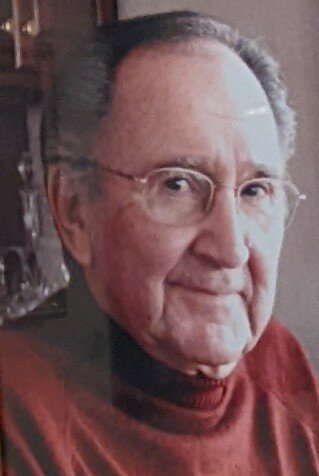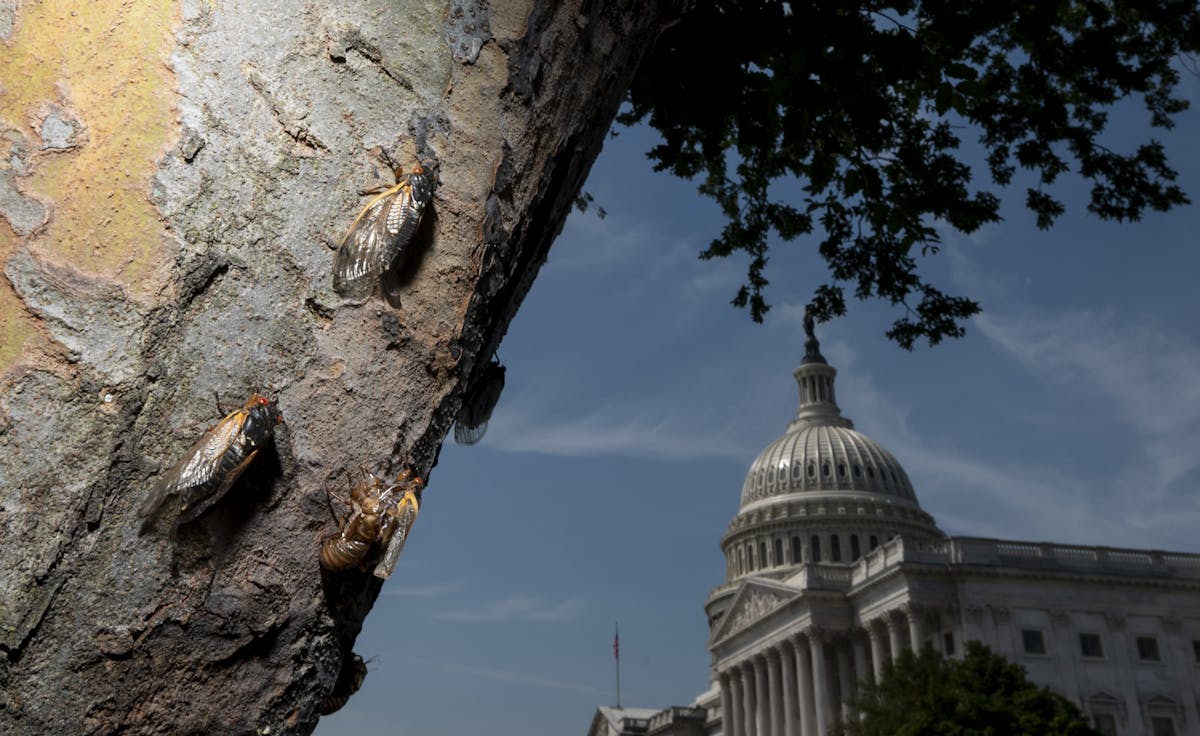TORRINGTON – On February 16, 1968, in Haleyville, Alabama, the first 9-1-1 call in the history of the United States was placed which marked the beginning of the 9-1-1 emergency dispatch system. …
The Lingle-Fort Laramie track team rose to the occasion at the Scottsbluff Twilight on Friday.
The Torrington High School Blazers defeated Newcastle in a decisive conference game on Friday.
The Torrington High School Lady Blazers battled Newcastle in a conference game on Friday.
Donkey basketball proved a big hit at Lingle-Fort Laramie High School on Friday.
The Torrington High School girls' softball team defeated Cheyenne South in a double-header this evening.
The Torrington High School Lady Blazers pulled out all the stops to place second at the Scottsbluff Twilight, with the Blazer boys coming in fourth place.



A compendium of the Goshen County court fines. April 8 Lopez, Gaytan, Oscar – Forfeiture: $240 [31-5-301 a] speed too fast for conditions. Maez, Kaylan B. – Forfeiture: …
A compendium of Goshen County emergency response and service calls Tuesday, April 9th – Wednesday, April 10th 07:10-Log Information-Occurred on US Highway 26. RP states vehicles …
TORRINGTON – The Town Council for the City of Torrington met on Tuesday, April 16. In attendance were mayor Herb Doby and councilmembers Dr. Richard Patterson, Dennis Kelly, Shane Viktorin, and …
CHEYENNE – In a recent press release, Wyoming Secretary of State, Chuck Gray, announced his disapproval of the actions of Wyoming State Governor, Mark Gordon. In the release, Gray criticizes …
CHEYENNE – Governor Mark Gordon is criticizing an announcement from the Department of Interior last week that will increase the costs to oil and gas companies seeking to drill on …
LARAMIE – The University of Wyoming’s small but mighty collegiate wool judging team competed in three regional contests this year, beginning with a strong performance at the 7220 Wool …
Eastern oming College named 122 students on the college’s Fall 2023 President’s Honor Roll and the Dean’s List. The President’s Honor Roll recognizes full time students (12 or more credit hours) who achieved a 4.0 grade point average. To qualify for the Dean’s Honor Roll, students must be full time and achieve a grade point average of 3.5, but less than 4.0.
By Jess Oaks joaks@torringtontelegram.com CHEYENNE – A collaboration of the Wyoming State FFA Convention held on April 10-13 in Cheyenne results. Torrington/Lingle FFA Chapter …
TORRINGTON – The Goshen County School Board meeting was off to a rocky start on Tuesday, April 9 as the board meeting battled some technology issues. The meeting was called to order around 7:20 …
Sand remains an issue for Yoder
YODER – The Yoder Town Council was called to order at 7 p.m. on Monday, April 8 at the Yoder Community Building, in Yoder. Mayor Norm Feagler called the meeting to order, and members of …
Donkey basketball coming to Lingle
LINGLE – The Lingle-Fort Laramie Student Council is sponsoring the Dairyland Donkey Basketball Show on Friday, April 19 at the Lingle-Fort Laramie High School at 7:30 p.m. in the high school …




